



Residue treatment: fertiliser turned into pellets!
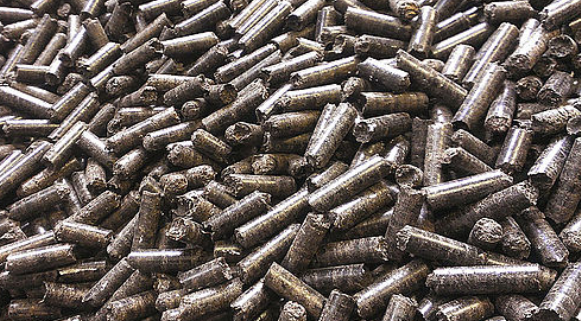
Farmers and farm managers operate at the heart of a conflict: as modern farming continues to grow and become more intensive, the amount of produced fertiliser and the available agricultural areas on which this fertiliser can be spread do not always match. Without effective management, problems like the ones below may occur:
- pollution of water sources due to the infiltration of nutrient elements;
- odours produced by microbial anaerobic metabolism; or
- damage to crops due to improper use.
Moreover, fertiliser is a valuable resource because it contains important nutrients that plants need to grow. Effective residue treatment therefore leads to more profitable and environmentally friendly farms.
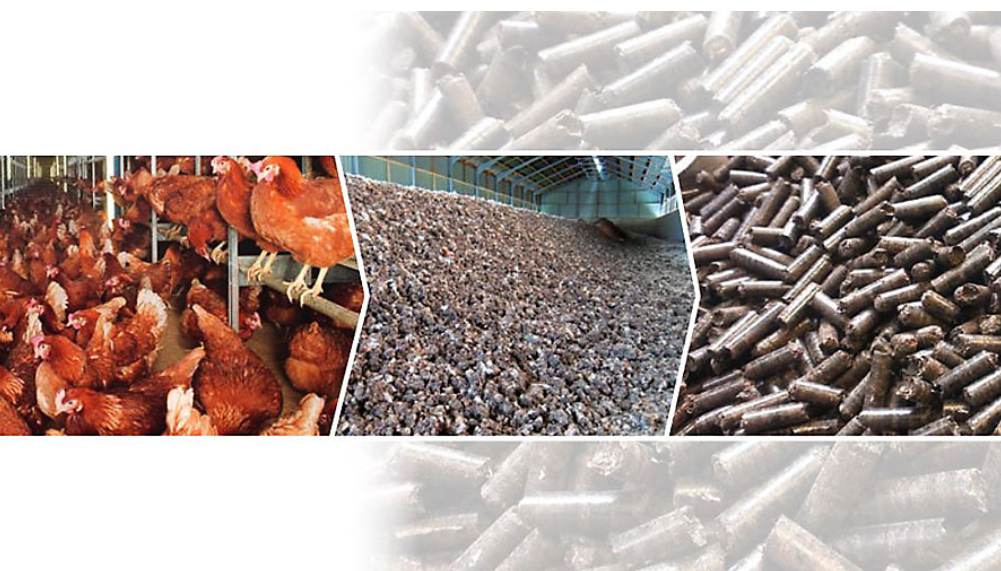
Ways of residue management
Early research on residue treatment was done in Europe in the 20th century, which resulted in the main approaches used for residue treatment today.

Manure drying
Manure drying, the technology recommended by the Dutch government, is the simplest and the most energy-efficient among residue treatment technologies. With proper ventilation, the warm exhaust air from poultry houses can be used to dry the manure.
Overview of advantages:
- utilisation of the birds’ heat for the drying process ► high energy efficiency;
- up to 70 % reduction of volume and weight ► reduced transportation costs for resource utilisation;
- the moisture is quickly dried within 48 hours after the fresh manure is excreted; this inhibits most of the microbial activities in the manure ► odour reduction;
- the moisture content can be lowered by mixing compost supplements and fresh manure.
With OptiSec and OptiPlate, Big Dutchman offers two manure drying tunnels that are especially well-suited for regions in temperate climate zones.

These two systems have been developed for optimal and efficient drying of fresh or pre-dried manure from aviaries and cage systems by using the remaining heat of the barn’s exhaust air. The dry matter content of the manure dried by OptiSec or OptiPlate is up to 90 percent, which creates ideal conditions for safe storage and further processing options.
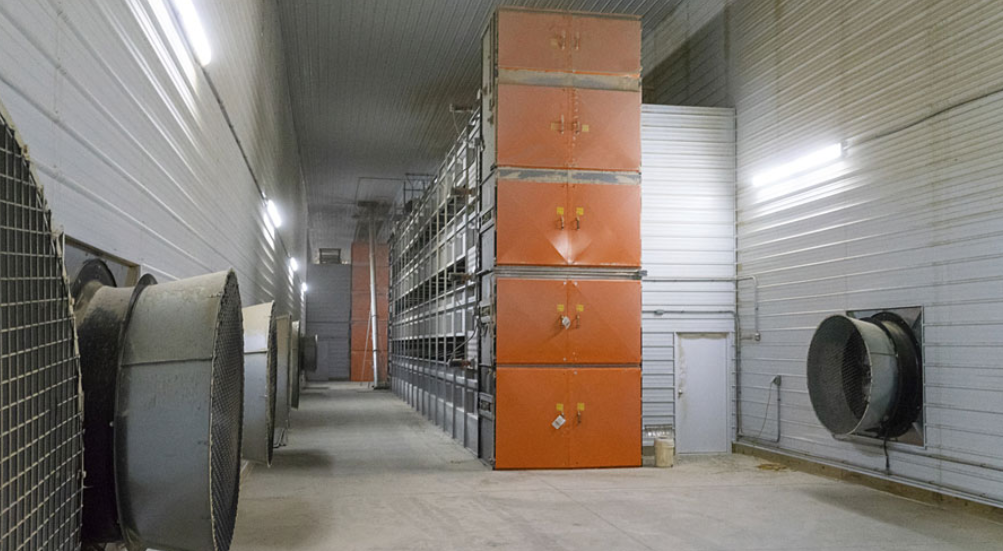
Depending on the size of the farm, every drying tunnel is planned based on the amount of accumulating manure. Thanks to its large intake capacity, one belt dryer can be used to dry the manure from up to 200,000 laying hens. It is also possible to use OptiSec to dry fermentation substrates from biogas plants or separated solids from liquid manure.

Aerobic composting
For manure with a high content of nitrogen, applying the required amount of nutrients directly will cause damage to the root system of the crops, which is also known as “seedling burn”. That is to say, the heat produced by microbial metabolism exceeds the heat tolerance of the plant.
In addition, the organic macromolecules in the manure need to be further degraded by soil microorganisms before they can be used by crops. For crops to absorb the manure’s nutrients quickly and efficiently, an aerobic composting technology is necessary.
Composting technology is one of the most important technologies for resource recovery and harmless treatment of agricultural waste. The substance of the composting process is solid fermentation by microorganisms, and the essence of composting technology is creating ideal conditions for microbe proliferation.
Since the beginning of the industrial society, research on aerobic composting equipment never stopped. With the development of technology and manufacturing processes, there is a variety of mainstream aerobic fermentation equipment available today:
Agitated reactor
Agitated reactor composting systems combine controlled ventilation with periodic pile turning, where the composting process takes place in a long, narrow channel called “tank”. The wall-supported guiding rail is equipped with an agitator. The material is filled in at either end of the tank by a distributing hopper. As the agitator moves and turns along the guiding rail, the composting mixture is displaced to the other end. When the material is well decomposed, it is discharged out of the tank.
However, the traditional turning process has the following disadvantages:
- a separate purpose-built building is required;
- odours from airless areas;
- a long processing cycle;
- high need for manual labour.
Aiming at solving the problems above, Big Dutchman has now developed an innovative composting system called CompoLiner. It is easy to handle, has a guided and fully automatic process control unit and can easily be adjusted to the amount of material that needs to be composted..
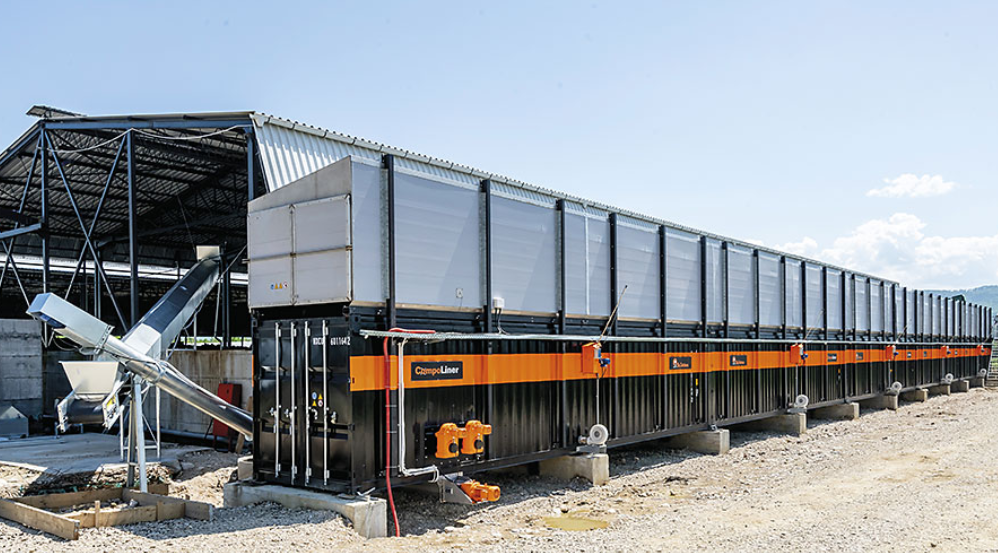
During the composting process, microorganisms degrade organic material such as dry poultry excrement or broiler manure in an aerobic environment. The dry matter content should ideally be above 40 %. The final product is compost: a valuable, organic fertiliser. This fertiliser has good plant availability and can be used for general soil improvement in horticulture and agriculture.
Pelletising units for dry manure
Pelletising dry poultry manure is a consequent continuation of sensible residue treatment. Storage stability and transportability are improved further, the volume of the bulk material is reduced by approx. two thirds and possibilities for marketing increase.
The BD PelletBox and BD PelletTower pelletising systems from Big Dutchman have been developed for medium-sized and large farms. These pelletisers provide final solutions for residue treatment by producing pellets free of pathogens or weed seeds.
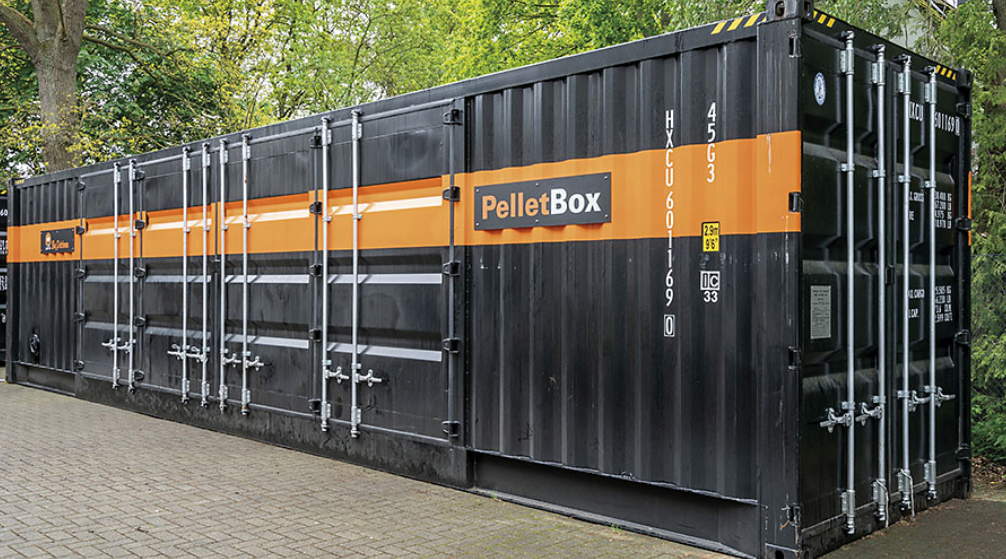

- Advantages of these two pelletising systems:
- ideal quality of pellets, virtually no breaking;
- diameter of the pellets: 5 mm;
- length of the pellets: 20 to 30 mm;
- use of modern measuring and process technology for a permanently high pellet quality;
- ideal for transport and storage;
- versatile marketing possibilities, e.g. in horticulture and viticulture;
- pelletising of other residues from agriculture, such as digestate and litter.
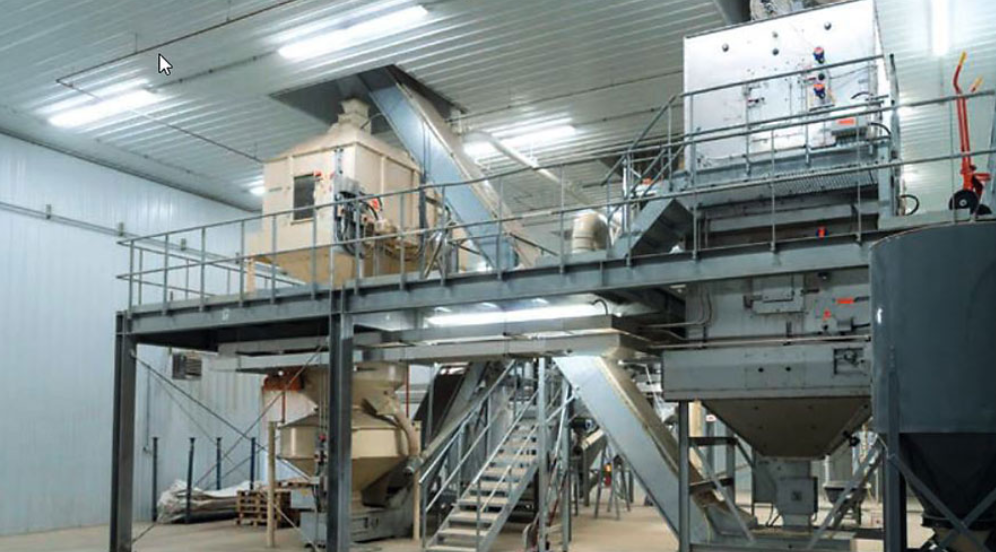
The Dutchman range of products for residue treatment can be viewed and downloaded here: Egg production | Poultry growing
Do you have any questions regarding residue treatment? Follow the link for answers! Egg production | Poultry growing









